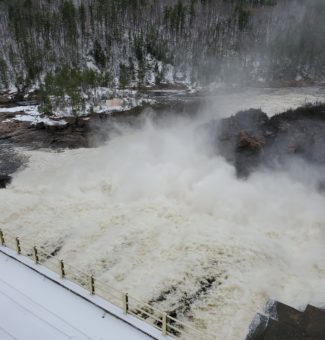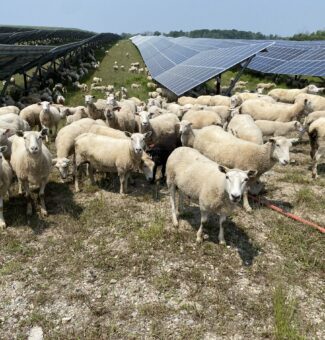Protecting the Minesing Wetlands, the Everglades of the north
Just 12 kilometres west of Barrie, sits one of the largest and least disturbed wetland areas remaining in southern Ontario.
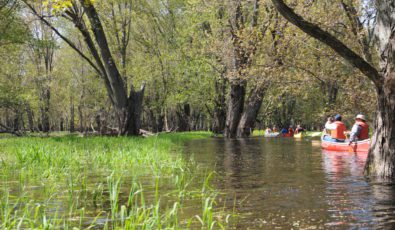
Dubbed “the Everglades of the north,” the 60-square-kilometre Minesing Wetlands is one of the most diverse wetland tracts in Canada. It is officially designated as a Provincially Significant Area of Natural and Scientific Interest.
Wetlands like Minesing used to be widespread in Ontario, but these areas have been decimated over the last 150 years due to residential and commercial development. More than 70 per cent of southern Ontario’s wetlands have disappeared since 1900, taking with them important habitats and vital ecological services. Minesing is one of the province’s last major strongholds.
“Wetland systems like the Minesing Wetlands are among the Earth’s most productive, yet most threatened ecosystems,” said Kristyn Ferguson, a Program Director at Nature Conservancy of Canada (NCC). “They not only provide habitat for a multitude of species that rely on them, they also provide critically important water retention, filtration and flood mitigation to local communities.”
OPG is close to wrapping up a three-year funding partnership with NCC as part of its regional biodiversity program to help conserve this precious and important area. Since 1974, NCC and its partners have protected nearly 14,000 acres of swamp, marsh, fen and other habitats in and around the Minesing Wetlands.
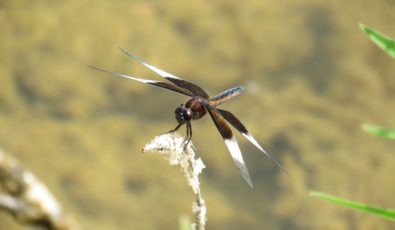
With the help of students, volunteers and partners like the Nottawasaga Valley Conservation Authority, NCC staff have planted thousands of trees on conservation and private lands in and around the wetland over the past three years. The trees buffer important waterways and creeks flowing into the wetland’s core, restore areas of deciduous swamp forest that had been previously lost, and provide important habitat for rare and endangered species. The area provides refuge to hundreds of species, including great blue herons and lake sturgeon, and is the only known Canadian home of the Hine’s emerald, a globally endangered dragonfly.
The national non-profit continues to expand the core of the wetland area through the acquisition of 107 acres of land that is being restored to a mosaic of meadow marsh and swamp forest. Other activities include monitoring for rare species, stabilizing streambanks, controlling for invasive species, and building new fish habitat.
To engage the community, NCC hosted several paddle sessions through the wetlands during the spring months, when high flood waters provided suitable conditions for kayaking right through the flooded swamp forests, manoeuvering around the silver maples. Supporters and staff were able to see first-hand the beauty and vastness of the wetland and learn about its importance.
“Wetland systems like the Minesing Wetlands are among the Earth’s most productive, yet most threatened ecosystems.”Kristyn Ferguson, Program Director at Nature Conservancy of Canada
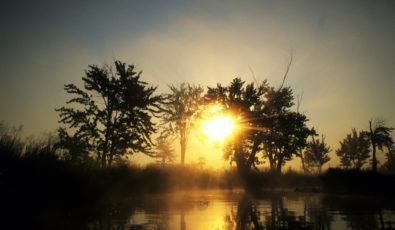
“It’s very serene out there during the spring, with flooded water as far as the eye can see,” said Ferguson, who took part in a recent outing in May.
The wetlands play a major role in absorbing floodwaters during the spring thaw, acting as a massive sponge that traps and slowly filters water. The water that is absorbed here is released throughout the summer into the Nottawasaga River system, providing clean water for the popular Wasaga Beach. Its soaking function also prevents flooding at the beach and other communities surrounding the Minesing Wetlands during the spring.
As wetlands continue to disappear in southern Ontario, NCC’s important work is helping to protect and revive an area that’s vital to the province’s biodiversity and ecology.
Subscribe and stay informed
Sign up to receive the latest news, project updates, and event information from OPG.
